
Augusta Savage: American sculptor who battled racism for African American art.
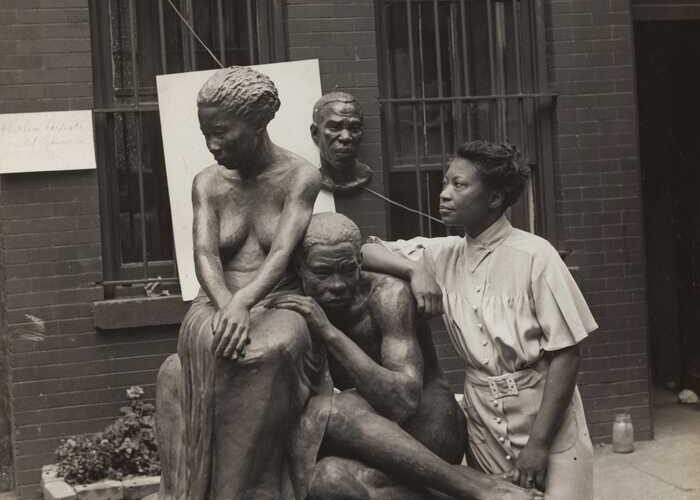

Throughout the history of art, women have always made great art, but people don’t always notice or remember it. This is especially true for black women who face extra challenges. Over time, the achievements of women in art haven’t received enough attention, and this is even more unfair for black women. They not only deal with biases because they’re women but also face extra hurdles because of their race, making their journey more complicated.
In the middle of all these challenges, artists like Augusta Savage stand out. Augusta Savage, an amazing sculptor from America, had to deal with these challenges and fight against them to show how talented she was.
In a world where we often forget about what women can do, Augusta Savage stood out by breaking the rules and going against what people expected. She didn’t just shape clay into beautiful sculptures; she also changed how people see African American artists. This blog looks into Augusta Savage’s interesting journey, showing how she not only made sculptures but also left a lasting mark, pushing back against what society thought she should be.
Come along as we explore the story of Augusta Savage—a tale of strength, creativity, and success. We’ll uncover the different parts of her life, showing how she, like many black women artists, made history even when faced with challenges.
Augusta Savage- Personal life
Born in Green Cove Springs, Florida, in 1892, Augusta grew up in a world that didn’t always understand or appreciate her love for art. Coming from a humble background, her family faced hardships that could have easily snuffed out her creative spark. However, Augusta’s determination burned brighter than any adversity.
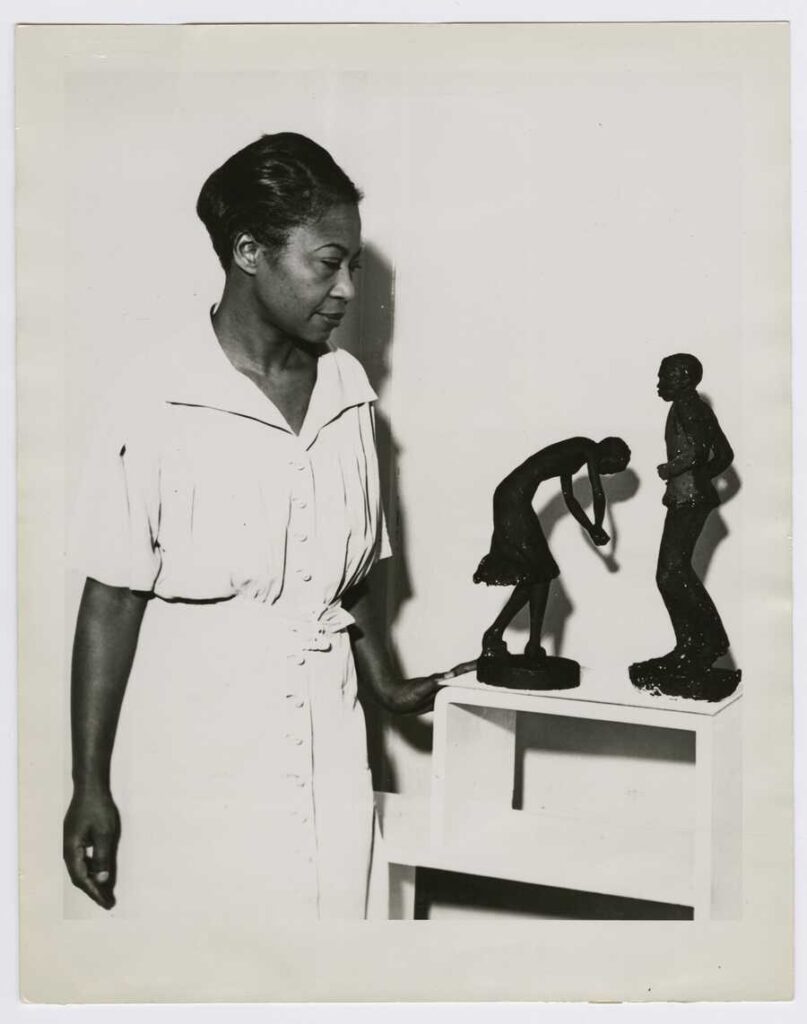
In her younger years, she fashioned her first sculptures from the local clay around her home, revealing an innate talent that couldn’t be confined. Despite the limited resources, Augusta thrived, echoing the resilience that would define her later years.
When Augusta Savage was only 15, she got married to John T. Moore in 1907 and had her only child, Irene, in 1908. Sadly, Moore passed away a few years later. Augusta then moved to West Palm Beach, Florida, in 1915, where she married James Savage around the same time. Although she divorced James in the early 1920s, she decided to keep his last name. During this time, she found a good source of clay, which really boosted her talent.
Living in West Palm Beach, Augusta received local support and won prizes for her art. Wanting to make a living, she moved to Jacksonville, Florida, hoping to sculpt busts for wealthy African Americans. When that didn’t work out, she faced a tough decision. Augusta left her daughter Irene with her parents in Florida and headed to New York City to follow her dream of studying art.
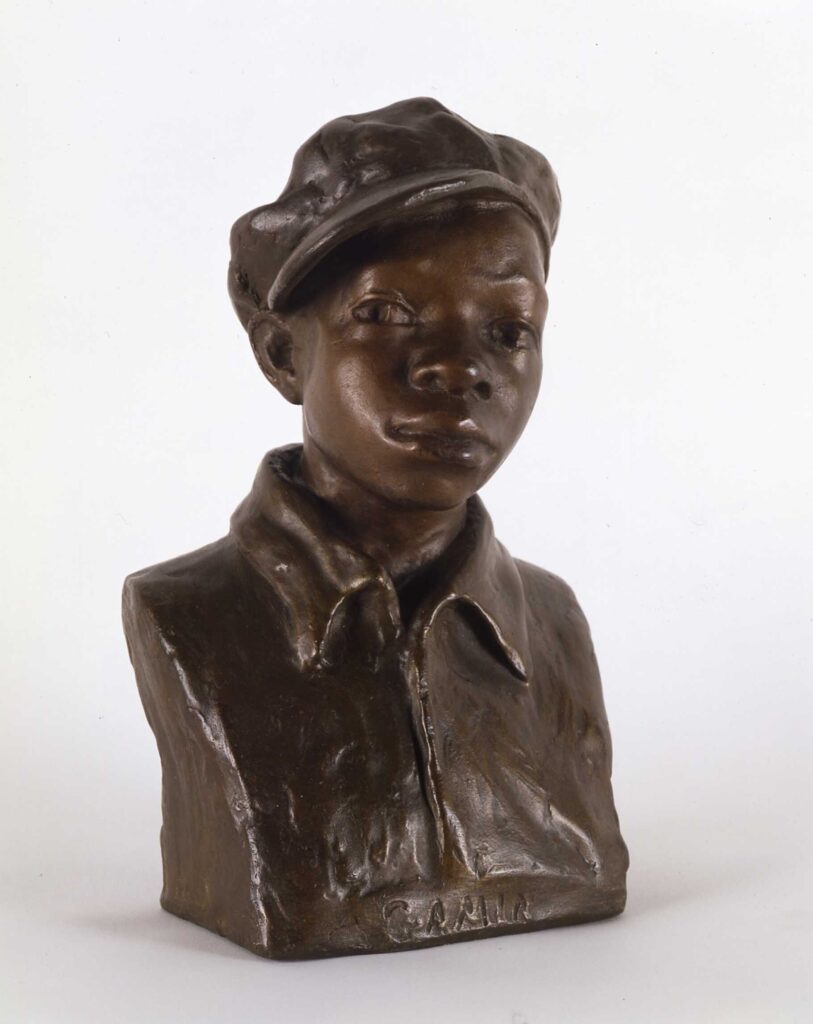
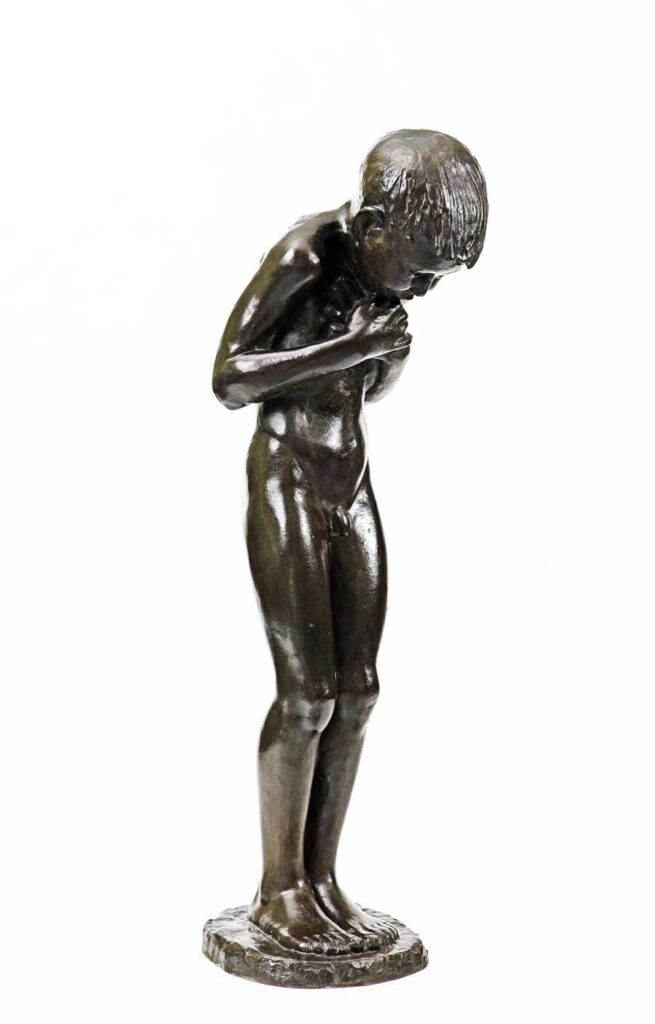
In 1921, she started at Cooper Union in a four-year sculpture course. Her teachers quickly realized how talented she was and waived many of her classes. Augusta graduated in just three years, marking the beginning of her impressive career that started in West Palm Beach and took her to the vibrant state of New York City.
Racial struggles and hardships in art career
She created a pathway for careers for Black artists,” Tammi Lawson
In 1923, Augusta Savage found herself at the center of a troubling racial incident involving the French government and the American arts community. Despite being chosen as one of around 100 young American women for a summer program at Fontainebleau, just outside Paris, her application was rejected by the French authorities based on her race. Amid this discrimination, Hermon A. MacNeil, an American sculptor, stood against the decision and invited Savage to study with him as a gesture of solidarity.
During the same year, Augusta entered into her third and final marriage with Robert L. Poston. However, her happiness was short-lived, as Poston passed away the following year. Undeterred by these personal setbacks, Savage, known for her resilience, faced the necessity of supporting her family. To make ends meet and save for her dream of studying in Europe, she worked in steam laundries, showcasing her determination to overcome challenges.
In the 1920s, Augusta Savage’s talent shone through as she sculpted portraits of important figures like W.E.B. Du Bois and Marcus Garvey. People loved these sculptures for their strong and lively expressions, showing how well Savage could capture the essence of the people she sculpted. One standout piece from this time was “Gamin” (1929), a touching sculpture of a street-smart boy and one of the few surviving pieces from Savage’s early career.
The praise for these works, especially “Gamin,” opened doors for Augusta. In 1929, she got a Julius Rosenwald Fellowship, a big deal that finally gave her the chance she’d been waiting for—to study in Paris from 1929 to 1931. This fellowship was a turning point for Augusta Savage. It helped her improve her skills and gave her a chance to experience the rich culture of Paris.
As we look into this important time in Augusta’s life, we see how her success in art not only boosted her career but also laid the groundwork for a legacy that would be remembered in the history of art.
Augusta’s impactful return to African-American art community
She, for me, represents someone who believed that she wasn’t compromising her studio practice or who she was by teaching and bringing people along,” said Ms. Jackson-Dumont
In 1932, when Augusta Savage came back to Harlem, she did something truly inspiring—she started the Savage Studio of Arts and Crafts. In this studio, she shared her knowledge with other talented artists, teaching them the ropes of art. Some of her notable students included Jacob Lawrence, Gwendolyn Knight, Norman Lewis, and Kenneth B. Clark.
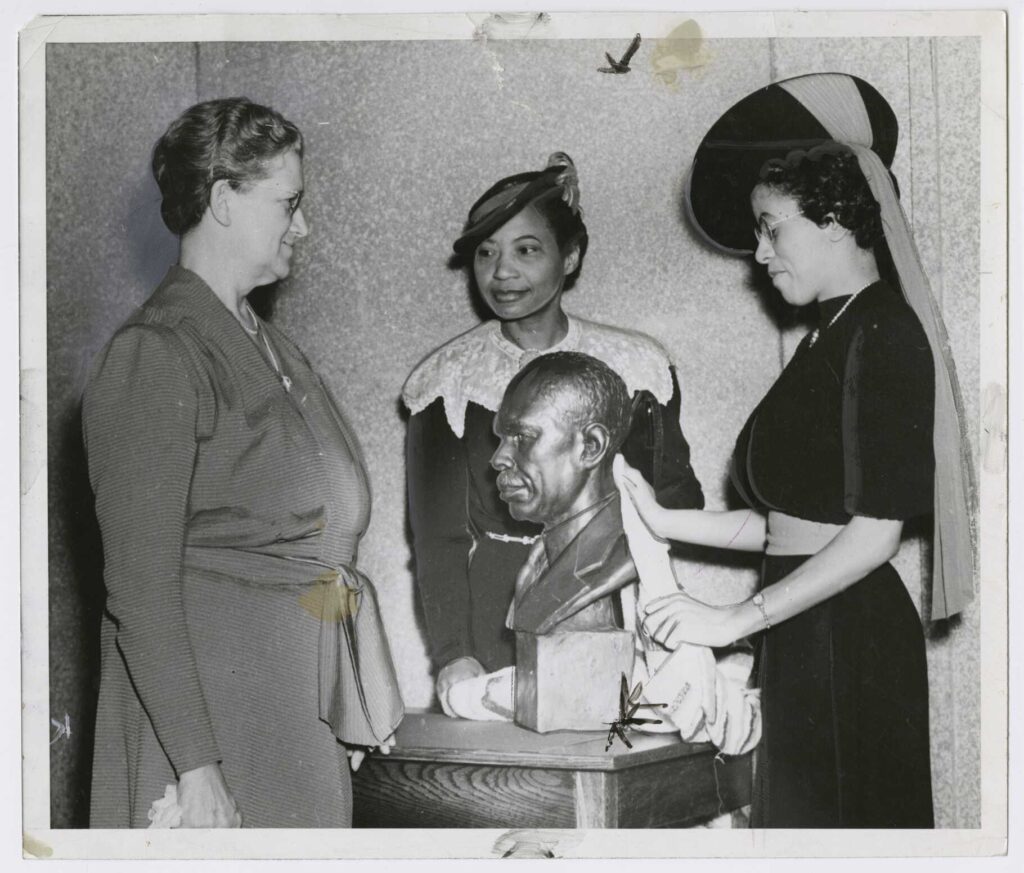
Kenneth B. Clark, one of Savage’s students, later delved into social psychology. Alongside his wife Mamie, he conducted experiments using dolls to illustrate how segregation affected the self-perception of Black children. This innovative approach highlighted the profound impact of Augusta Savage’s teachings, extending far beyond the studio walls.
Savage’s commitment to community-driven education was deeply rooted in the African-American tradition. Historically excluded from formal academic spaces, Black people often found alternative ways to share knowledge. Opening her own school, however, was a pioneering move. Augusta not only became a teacher but also a business person, stepping into a leadership role that lacked precedents for Black individuals, especially Black women, in the art world.
Facing challenges: A big turn in Augusta Savage’s art career
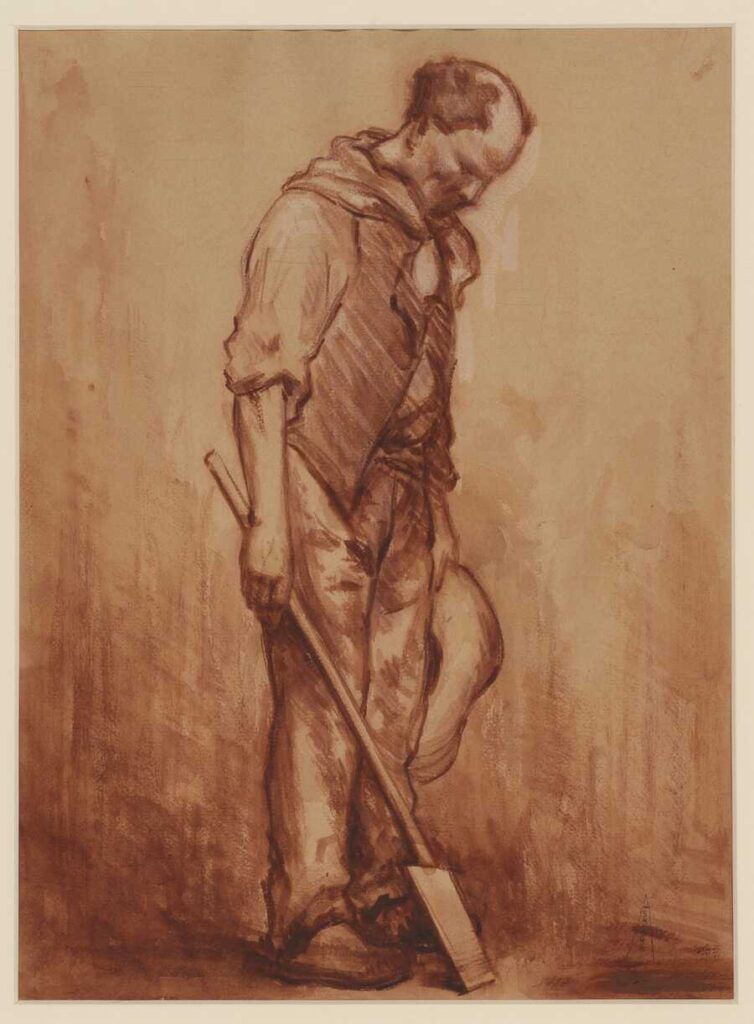
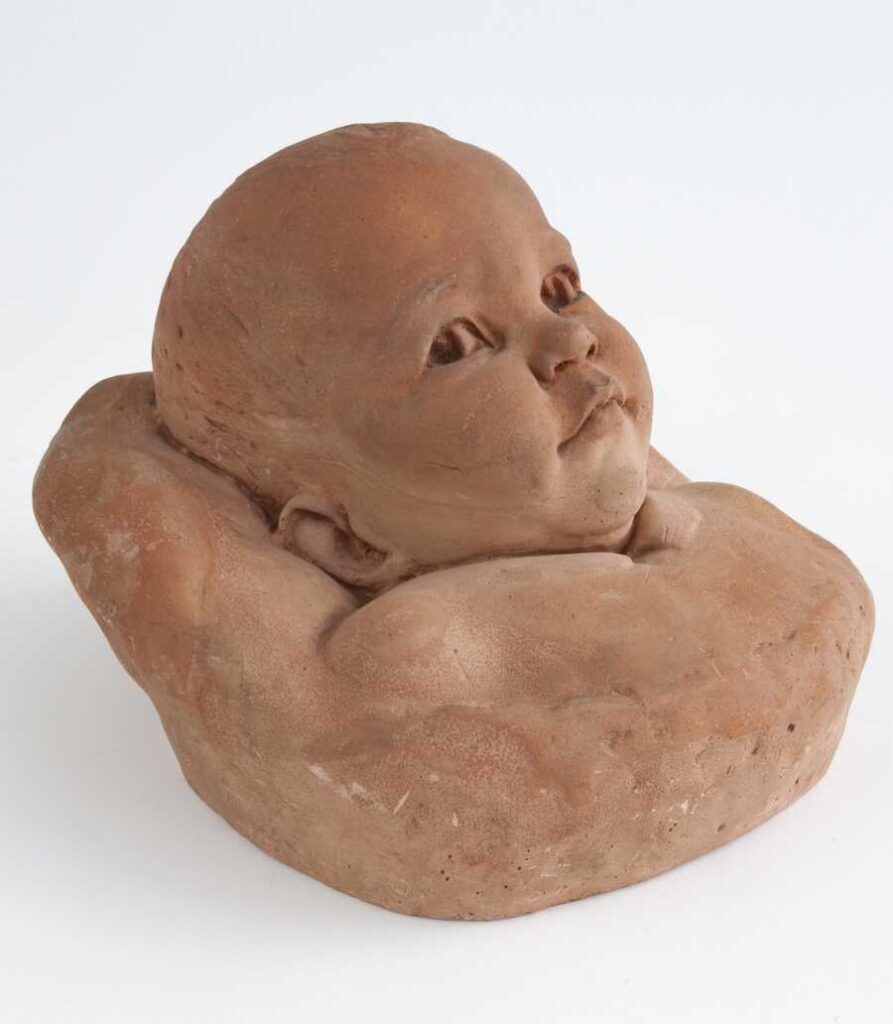
As Augusta Savage progressed in her career, challenges began to surface in her later years. Taking a break to focus on her sculpture for the World’s Fair, she returned to the Harlem Community Art Center only to discover that her position had been filled. This setback proved to be a difficult moment for Savage, highlighting the hurdles she faced even in her own artistic community.
Undeterred, she made a brief attempt to establish the Salon of Contemporary Negro Art in Harlem in 1939. Unfortunately, this gallery venture was short-lived, lasting only three months. Despite the challenges, Augusta Savage’s resilience remained steadfast, showcasing her determination to continue contributing to the art scene despite the obstacles she encountered.
California, Irvine, said. “She had a real determination and sense of her own talent and a refusal to be denied.”
As we conclude her story, Augusta Savage’s journey is all about facing tough times, being creative, and never giving up. From her early struggles in Florida to her famous sculptures in Paris, Savage’s life was full of ups and downs. Her impact wasn’t just about the beautiful sculptures she made; it also touched the lives of her students, the communities she inspired, and the doors she opened for future Black artists.
Even when things got hard later in her career, Augusta Savage’s story keeps going strong. The challenges she faced only make her story more interesting, showing a woman who, despite everything, left a lasting mark on the art world. Looking back on Augusta Savage’s life, we see not just the amazing sculptures she created, but also the lasting impression she made as a trailblazer, teacher, and someone who broke new ground in a world that tried to hold her back. Augusta Savage’s story is still alive today, a reminder of how strong passion for art and a determined spirit can make someone truly extraordinary.

















Comments 11